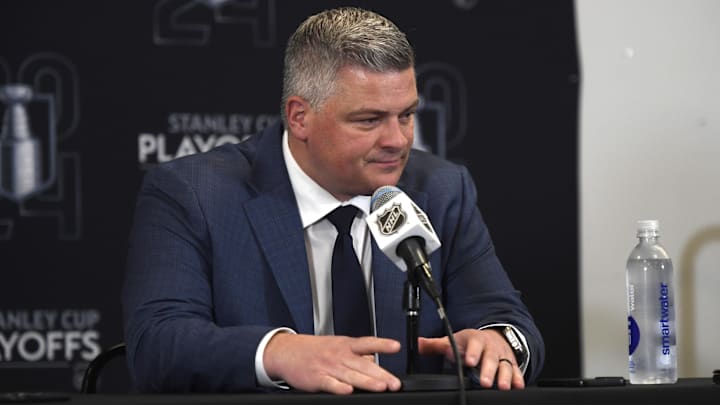2. Devils penalty kill has been phenomenal
The Devils have one of the best penalty kills in the NHL. They’ve stopped opposing power plays at a 90.5% clip. The Devils have only given up two power-play goals this season. There is only one team in the entire league (Dallas Stars) that has given up fewer. There are two factors at play here. For one, the Devils aren’t going to the penalty box that often. However, the biggest factor is just how good this penalty kill has been.
The Devils’ PK has been on the ice for close to 38 minutes this season, and Natural Stat Trick says they’ve given up just eight high-danger chances. Only two teams have given up fewer. When factoring in the fact the Devils also have four high-danger chances shorthanded, which gives the team 33 percent of the chances when they are short-handed.
The Devils’ penalty kill is often called a “power kill.” They are aggressively looking to make a play. Whether that play stopped a shot or started a chance the other way didn’t matter. A play is a play in Sheldon Keefe’s system.
Last season, the Maple Leafs had the 10th worst penalty kill in the league, giving up a goal on roughly 24 percent of the other team’s chances with the man advantage. During Keefe’s five years with the Leafs, they were 14th in the league on the PK at 79.6%. The Devils are just working with a much better unit in their own zone.
